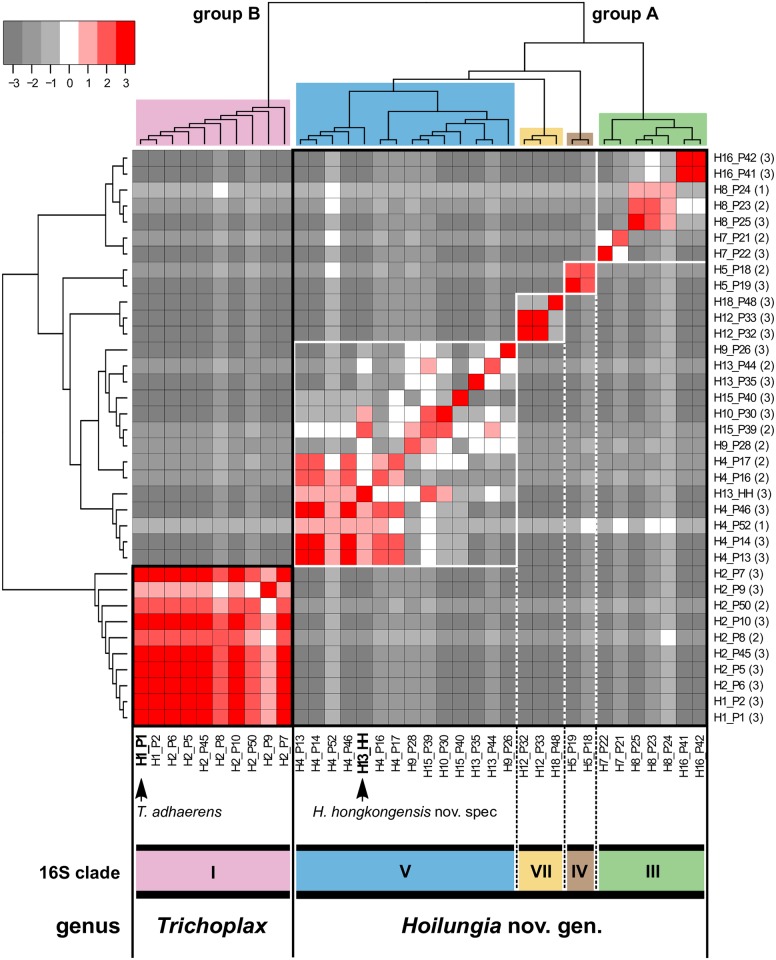Fig 3. CM highlighting reproductive isolation between clades and a split into two genera.
The CM for three nuclear-encoded ribosomal proteins (rpl9, rpl32, and rpp1) was generated by calculating (for each pair of isolates) the number of markers supporting their conspecificity in haploweb analyses (i.e., different individuals can be assigned to one species by shared alleles) minus the number of markers supporting the premise that they belong to different species. The CM was visualized as a heat map with different colors representing various amounts of shared alleles from −3 (no shared alleles) to +3 (3 shared alleles). Higher scores (red), therefore, indicate conspecific isolates, while gray tones support reproductive isolation, i.e., separate biological species. The number of sequenced markers per isolate is given in brackets beside the isolate (see S6 Table for details on isolates). The CM shows that allele sharing can occur between haplotypes within but never between clades. This is the first evidence for reproductive isolation between placozoan clades and the first molecular support for the existence of biological species in the Placozoa. The CM furthermore supports the phylogenetic split between Trichoplax (clade I; note: no data available for clade II) and the new placozoan genus Hoilungia (clades III–VII), as shown in the dendrogram on top of the heatmap. These clades are consistent with those recovered from analyses of the mitochondrial ribosomal large subunit (16S) [5] and compensatory base changes in the ITS2 [55]. Data underlying this figure can be found at https://bitbucket.org/molpalmuc/hoilungia-genome/src/master/reproductive_isolation/. CM, conspecificity matrix; ITS2, internal transcribed spacer 2.

